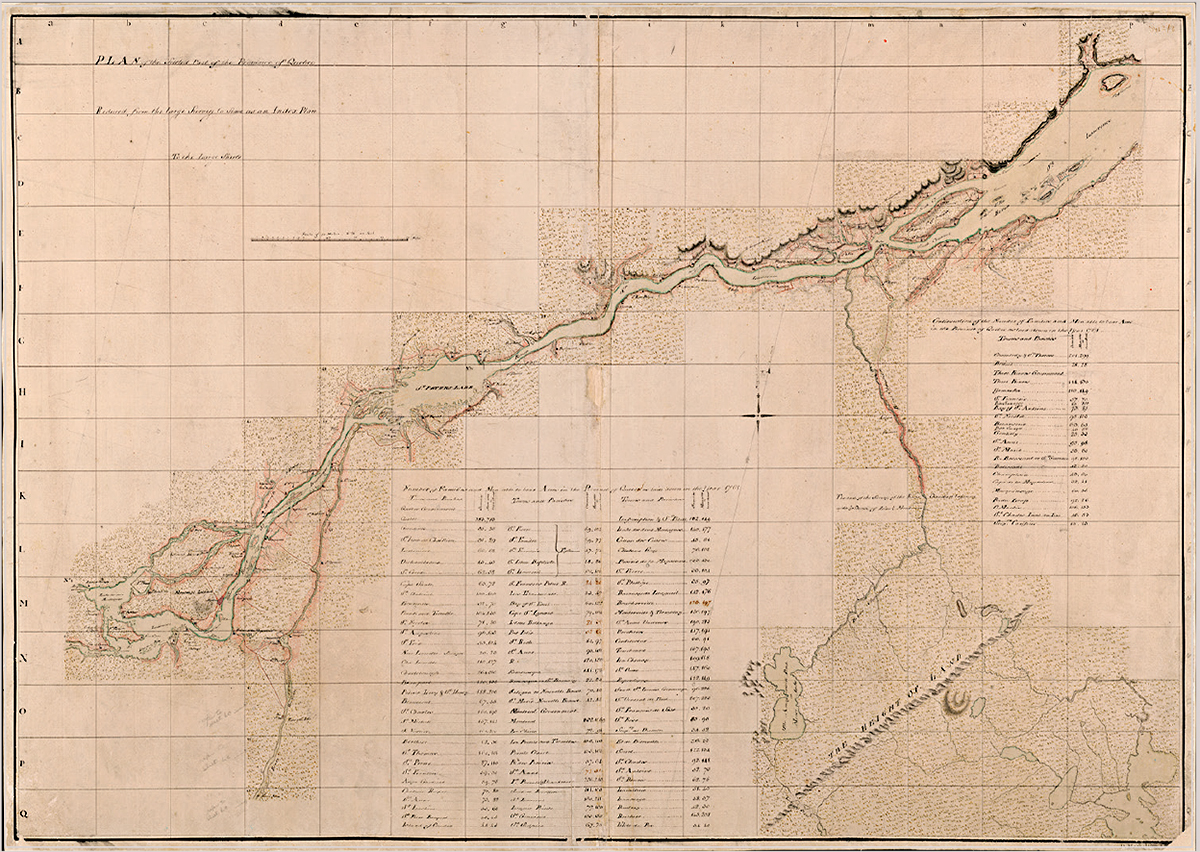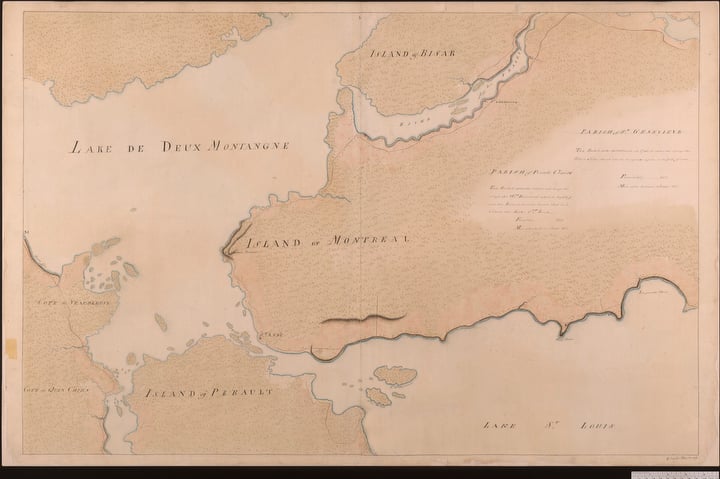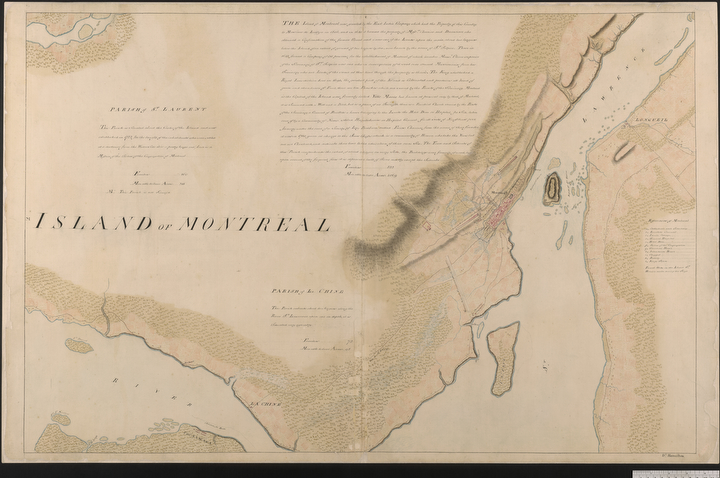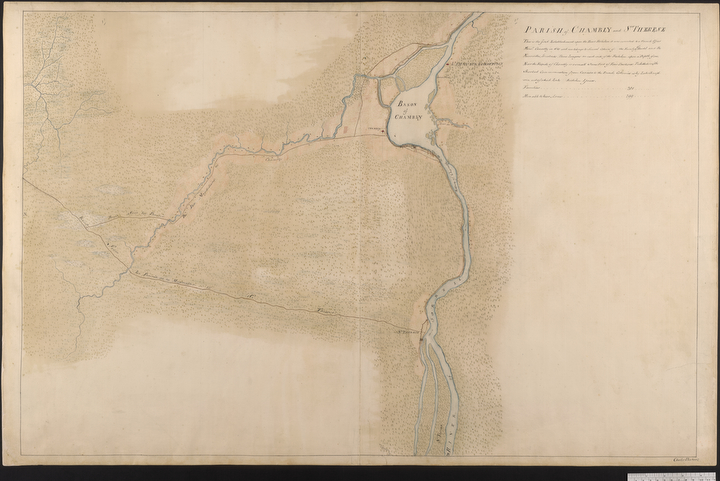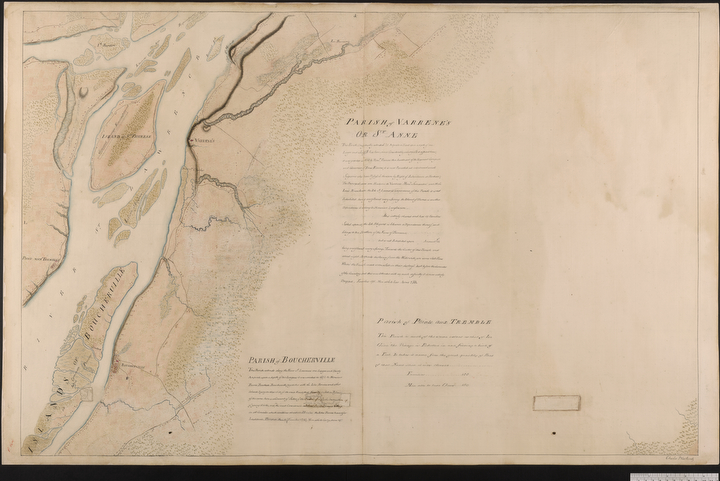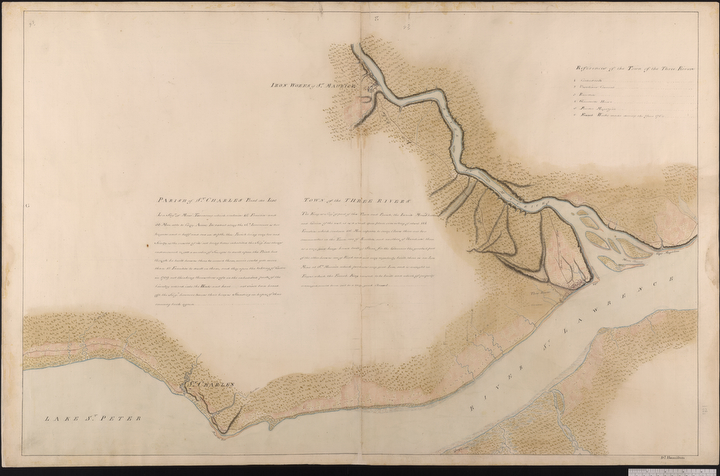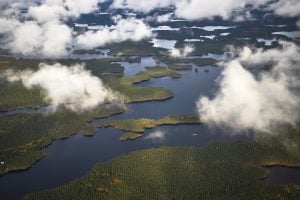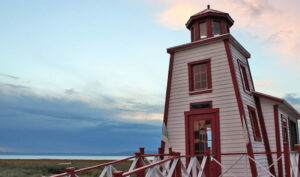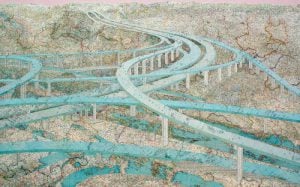What would you do if, after years of fighting for a territory you didn’t know very well, you finally found yourself in possession of it? If you were British general James Murray and the territory was Quebec in 1760, you’d make a map.
After French forces surrendered at Montreal in 1760, New France was effectively handed over to the British — although peace wasn’t official until 1763 with the signing of the Treaty of Paris. (This year marks the pact’s 250th anniversary.) Murray, military governor of Quebec from 1760 to 1763, immediately asked his surveyors to create a map of Britain’s newest domain.
What a map it is. It depicts in exacting and beautiful detail a huge stretch of the St. Lawrence River region, from Les Cèdres, just southwest of Montreal, to Isle-aux- Coudres, 105 kilometres northeast of Quebec City. What’s more, one of the original versions of the map is vast, composed of four sections that together measure about 14 by 11 metres; it’s believed this form was for official use. The other version consists of 44 sheets, which were more portable and likely easier to display.
Apart from showing geographical features, the Murray map also lists information the British would have found extremely helpful, including land ownership, local history and the “number of families and men able to bear arms.”
Seven copies of the map were made, but the whereabouts of only five are known. One is at the University of Michigan’s William Clements Library, two are at the British Museum in London and, fortunately, two are held by Library and Archives Canada, so Canadians can be connected to this quintessential piece of the nation’s history.
Here, we take a closer look at this cartographic achievement.


